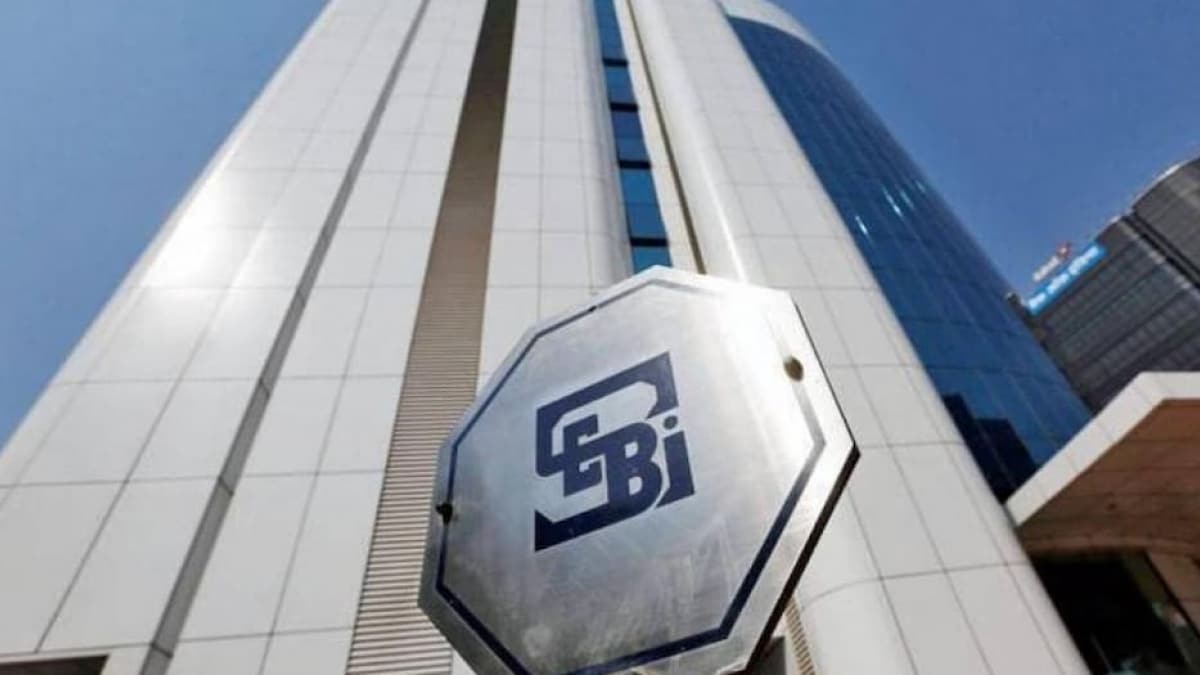The Supreme Court has held National Company Law Tribunal under Section 59 of the Companies Act 2013 cannot have concurrent jurisdiction in conjunction with the Securities and Exchange Board in investigating violations of Regulations that are formulated in the SEBI Act. The court ruled that any rectificatory power for the NCLT pursuant to Section 60 of the Companies Act, 2013 is of a general nature. It's not meant to be used in cases where there are disputes over facts and disputes the court composed of justices A S Bopanna and P S Narasimha observed.
Section 111A of the Companies Act, 1956 (presently Section 59 of the 2013 Act)
In this instance, NCLT allowed a company petition in the name of IFB Agro Industries Ltd. under Section 111A of the Companies Act, 1956 (presently Section 59 of the 2013 Act) and for the rectification of the Members Register. The Tribunal directed the company that filed the petition to buy back its shares in the hands of SICGIL India Limited. On appeal, the Appellate Tribunal overturned this order on the grounds that the NCLT overstepped its authority.
In the appeal to the Apex Court, the appeal, Apex Court bench observed that the power to rectify a Board/Company Court under Section 38 of the Companies Act, 1913, in turn, pursuant to Section 155 of the 1956 Act which was followed by Section 111A that was added by the 1996 Amendment to the 1956 Act and then, Section 59 of the 2013 Act remain the same.
"It is an executive power that allows corrections or rectifications to the members' register. The correction must be based on and be limited to facts that are obvious and do not require a serious inquiry. This is a comparison table that details modifications to the law. " The bench stated.
Appellant to seek a declaration in the appropriate forum
The court held that the petition of the company pursuant to Section 111A, 1956 Act seeking a declaration declaring shareholders' acquisitions by respondents is invalid and unenforceable is not true. The Tribunal ought to have ordered the Appellant to seek a declaration in the appropriate forum, it added. Concerning the regulatory regime of SEBI the court, while rejecting the appeal, noted: "The position with respect to the SEBI (SAST) Regulations is identical to SEBI (PIT) Regulations." SEBI (PIT) Regulations. Regulation 7 in Chapter III obligates the acquirer of more than 5% of shares of a company to report the acquisition to the company as well as to an exchange. This is the law of disclosure, which is considered to be punishable. Chapter V is concerned with investigations and the actions of the Board and includes the authority of the Board to appoint an investigation official (Regulation 38) and the issue of a show cause notice to the purchaser (Regulation 39) as well as the obligation for the authority investigating to submit an investigation report as soon as possible (Regulation 41) and the obligation to submit with the findings to the buyer and provide him with an opportunity to hear before making penalties (Regulation 42) and, lastly the authority to the Board to pass directions or take action under Chapter VI-A as well as Section 24 in the SEBI Act (Regulation 44).
SEBI (SAST) Regulation
It is crucial to know the fact that Regulation 45 provides for penalties in the event of non-compliance with the Regulations. The responsibility will be determined in conformity with Regulations in conjunction with those of the SEBI Act. The SEBI (SAST) Regulation is an extensive scheme that provides for investigation, inquiry reporting by the investigating officer page 30 of 31, procedural safeguards that favour the acquirer and, finally the restitutionary order/directions that must be enacted in the Board. This entire process cannot be shortened by submitting applications under Sections 111A and 111B of the Act in the belief that there is a parallel authority with the SEBI and the CLB/Tribunal. The incident that has been alleged is subject to scrutiny by the regulator and it is the sole responsibility of the regulator to decide if there is a violation of the rules in Regulations and the SEBI Act and the Regulations."
Case information IFB Agro Industries Ltd. against SICGIL India Limited. CA 2030 of 2019 4 Justices A S Bopanna and P S Narasimha Headnotes Companies Act 2013, 2013 Section 59, Rectificatory authority of NCLT - A summary of nature and is not designed to be applied when there is a dispute over facts and disputes - Transactions that fall under the authority of regulatory organizations established under an act must be subject to their scrutiny exante as well as adjudication and inquiry. NCLT under Section 59 is not able to have concurrent jurisdiction with SEBI for the purpose of addressing the violations that are in violation of SEBI Regulations. (Para 1, 18)
characteristics of both legislative administrative, as well as judicial functions
Regulatory Bodies - Management of specific sectors by independent regulatory bodies is much more efficient as opposed to being subjected to direct supervision and control from Ministries and Departments from the Government. The control of regulatory regulations through an independent body made up of experts in the domain allows for continuous, transparent, accountable, independent and accountable management and growth of the industry. This is accomplished through the use of legislative acts that create independent regulatory bodies that have specific functions and powers. They are able to exercise their powers and perform duties that are the characteristics of both legislative administrative, as well as judicial functions.

